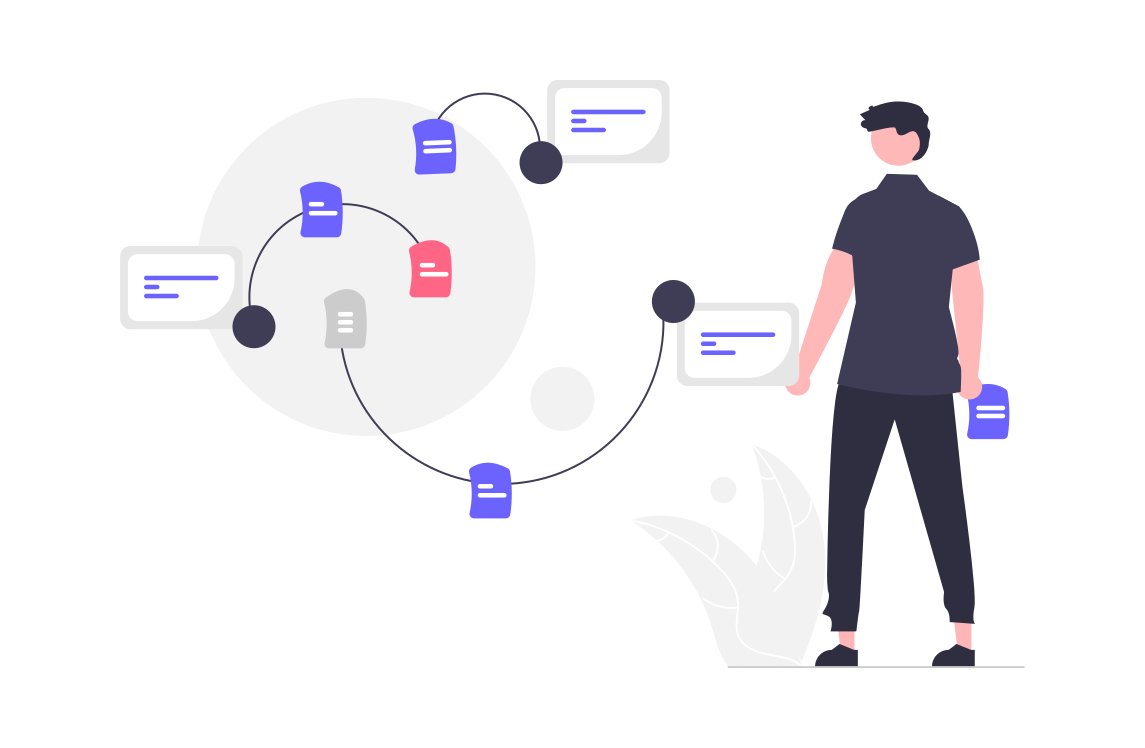The Future of Psychographic Segmentation: Trends and Innovations to WatchThe Future of Psychographic Segmentation: Trends and Innovations to Watch
In the evolving landscape of marketing, psychographic segmentation is gaining prominence as a critical tool for understanding and engaging customers. This method goes beyond traditional demographic data, delving into the psychological aspects of consumer behavior, including attitudes, interests, and values. As technology advances, the potential for psychographic segmentation to transform marketing strategies is vast. Here, we explore the future trends and innovations in psychographic segmentation that marketers need to watch.
The Evolution of Psychographic Segmentation
Psychographic segmentation has its roots in the early 20th century, but its application in marketing has become more sophisticated with the advent of digital technology. Today, it’s not just about understanding who the customers are, but why they behave the way they do. This deeper insight allows marketers to create highly personalized and relevant campaigns that resonate on an emotional level.
Trends Shaping the Future of Psychographic Segmentation
1. Integration of Artificial Intelligence (AI) and Machine Learning (ML)
AI and ML are revolutionizing psychographic segmentation by automating the analysis of vast amounts of data to uncover patterns and insights. These technologies can process data from various sources, including social media, purchase history, and online behavior, to create detailed psychographic profiles. AI-driven algorithms can predict future behavior and preferences, enabling marketers to tailor their strategies with unprecedented precision.
2. Enhanced Data Collection Methods
With advancements in technology, data collection methods are becoming more sophisticated. Wearable devices, smart home technology, and IoT (Internet of Things) provide continuous streams of data that offer deeper insights into consumer behavior. This data can be used to refine psychographic profiles and make more accurate predictions about customer preferences and behaviors.
3. Behavioral Biometrics
Behavioral biometrics is an emerging field that analyzes the unique patterns of behavior that individuals exhibit when interacting with digital devices. This includes typing speed, mouse movement, and even how one scrolls through a webpage. Integrating behavioral biometrics with psychographic segmentation can enhance the accuracy of consumer profiles, providing a more nuanced understanding of user behavior.
4. Sentiment Analysis
Sentiment analysis uses natural language processing (NLP) to determine the emotional tone behind a body of text. By analyzing social media posts, customer reviews, and other textual data, marketers can gauge consumer sentiment towards brands, products, and services. This insight helps in tailoring marketing messages that align with the emotional states and preferences of target audiences.
Innovations Driving Psychographic Segmentation
1. Advanced Personalization Techniques
Personalization is reaching new heights with the ability to deliver hyper-personalized content and experiences. By leveraging psychographic data, marketers can create personalized marketing messages, product recommendations, and customer experiences that resonate deeply with individual consumers. This level of personalization enhances customer engagement and loyalty.
2. Real-Time Data Processing
The ability to process data in real-time is a game-changer for psychographic segmentation. Real-time data processing allows marketers to respond immediately to changes in consumer behavior and preferences. For instance, if a consumer shows interest in a particular product category, personalized offers and messages can be delivered instantly, increasing the likelihood of conversion.
3. Voice and Visual Search Integration
As voice and visual search technologies become more prevalent, they are also contributing to the advancement of psychographic segmentation. These technologies provide additional data points that can be analyzed to understand consumer preferences and behaviors. For example, voice search queries can reveal insights into consumer intent, while visual search can provide data on aesthetic preferences.
4. Ethical Considerations and Data Privacy
With the increasing use of psychographic data, ethical considerations and data privacy are paramount. Innovations in this field are focusing on ensuring that data is collected and used responsibly, with explicit consent from consumers. Privacy-preserving technologies, such as differential privacy and federated learning, are being developed to protect consumer data while still enabling valuable insights.
The Impact on Marketing Strategies
The future of psychographic segmentation promises to transform marketing strategies in several ways:
- Improved Targeting: Marketers can identify and target niche audiences with tailored messages that resonate on a personal level.
- Enhanced Customer Experience: By understanding the psychological drivers of consumer behavior, brands can create more engaging and satisfying customer experiences.
- Increased ROI: Highly personalized and relevant marketing campaigns are more likely to convert, leading to a higher return on investment.
Conclusion
As psychographic segmentation continues to evolve, it will become an even more powerful tool for marketers. The integration of advanced technologies like AI, ML, and behavioral biometrics, along with enhanced data collection methods, will provide deeper insights into consumer behavior. These innovations will enable marketers to create more personalized and effective marketing strategies, ultimately leading to improved customer engagement and loyalty. Staying ahead of these trends and innovations will be crucial for marketers looking to thrive in the competitive landscape of the future.


